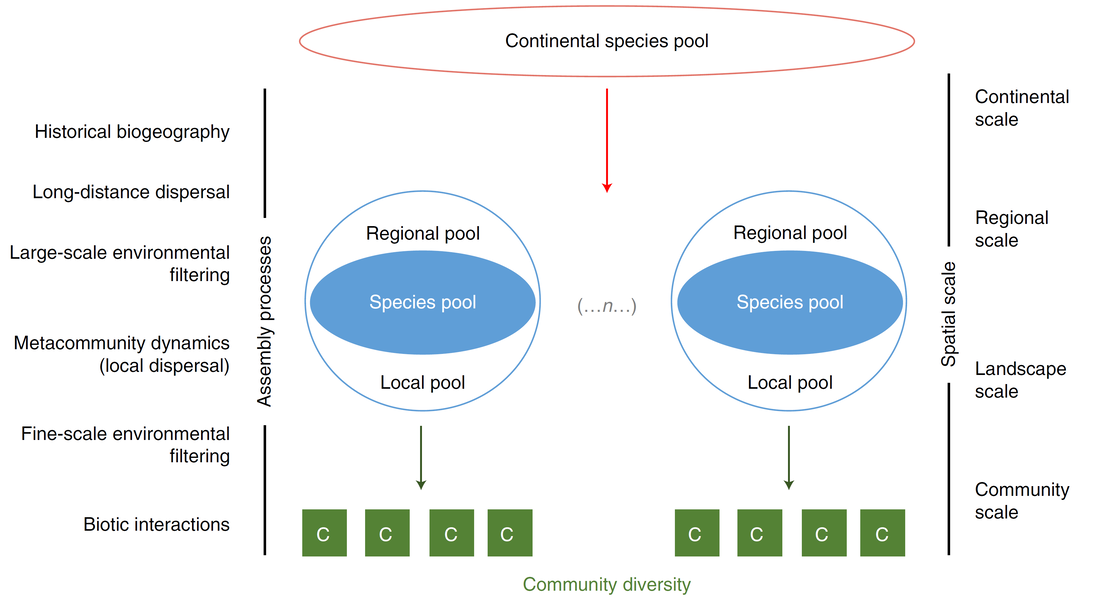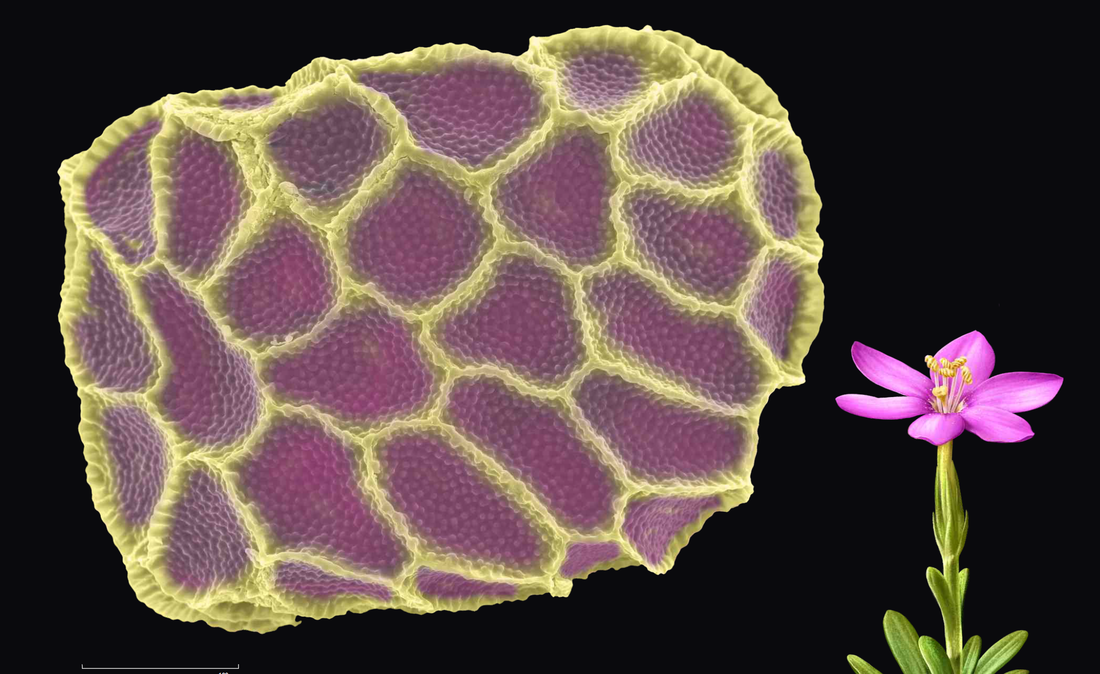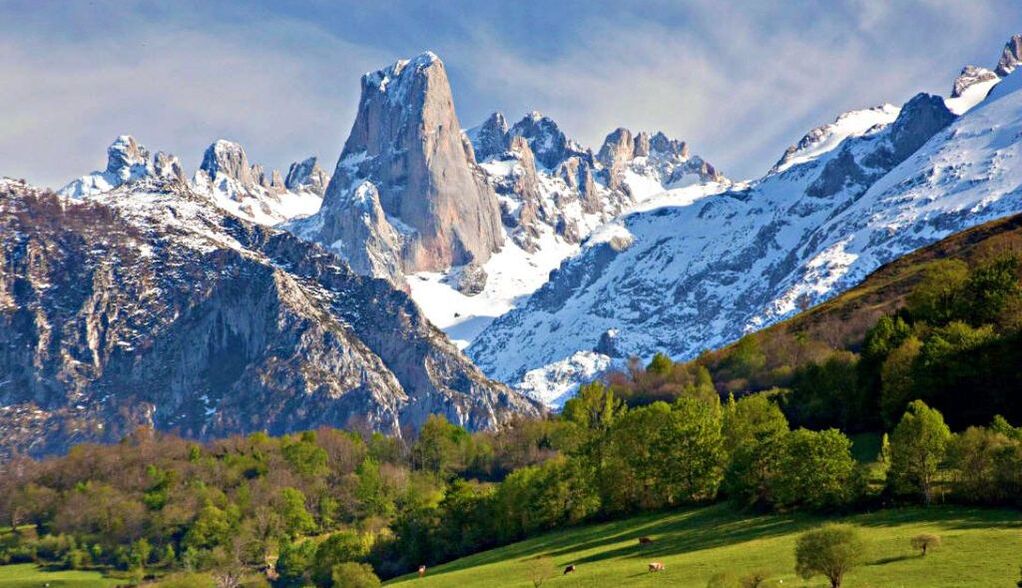Biogeography of plant communities
Understanding spatial properties of vegetation
- When we observe natural and semi-natural habitats all around the world, the first impression we make is about vegetation. The diversity of vegetation is linked to the distribution and abundance of plant species and their co-occurrence in plant communities as a response to biotic and abiotic factors. These communities change at the landscape scale, but they may look similar in disparate regions with similar environments. Such patterns are governed by historical and environmental factors across multiple ecological and spatial scales.
- Using observation data from vegetation databases at national (SIVIM), continental (EVA) and global (sPlot) scales, we root on the community assembly theory to address questions about the biogeography of plant communities and their constituent species. Central topics refer to the taxonomic, functional or phylogenetic diversity of habitats subjected to glacial history and refugia, like alpine grasslands (see the ALPVEG network), mires (with the Peatland Research Group) or mountain forests.
Selected publications
- Kambach et al. 2023. Climate-trait relationships exhibit strong habitat specificity in plant communities across Europe. Nature communications 14: 712
- Jiménez-Alfaro et al. 2018. History and environment shape species pools and community diversity in European beech forests. Nature Ecology & Evolution 2: 483-490
Ecosystem mapping and monitoring
Predicting habitat dynamics with remote sensing
- Understanding the spatial configuracion of vegetation is a key for mapping and monitoring different habitats and ecosystems. In particular, habitat modeling based on remote sensing provides a unique framework to map the diversity and distribution of ecosystems, and to track ecosystem changes at high spatial resolution. Despite the great value of these tools for biodiversity and conservation, we still need to develop appropiate approaches to integrate biodiversity data, remote sensing and artificial intelligence in sucessful case studies.
- We develop tools for Predictive Ecosystem Mapping and Monitoring based on vegetation data and their links with habitat and ecosystem typologies. These tools include the establishment of research frameworks to identify Biodiversity Ecosystem Variables to be tracked on terrestrial ecosystems using data from the COPERNICUS European program on remote sensing.
Selected publications
- Jiménez-Alfaro & Álvarez-Martínez (in prep). A hierarchichal modeling framework for ecosystem mapping
- Álvarez-Martínez, Jiménez-Alfaro et al. (2018) Modeling the area of occupancy of habitat types with remote sensing. Methods in Ecology and Evolution 9: 580-593
Seed regeneration niche
Seed ecological strategies across species and habitats
- The evolutionary success of vascular plants on terrestrial habitats is linked to the "invention" of seeds and fruits. Globally, these propagules are a key stage for plant regeneration through processes such as dispersal, germination and establishment. The success of a plant to regenerate will depend on internal and external factors, which ultimately define the ecological response of seeds to environmental drivers.
- We analyze seed ecological responses for understanding community assembly and for delineating habitat restoration. By using both observational and experimental studies on seed traits across different habitats, we aim to understand: how the seed spectrum of ecological functions differs across habitats? What are the trade-offs of seed traits across species and communities? How seed ecology helps us to underline ecosystem restoration?
- In 2023, we launched SeedArc, the global seed trait germination database. SeedArc is a partnership of seed scientists dedicated to share primary data from seed germination experiments, collaborate in its analyses, build a seed germination database available to the research community, and advance open science in seed ecology.
Selected publications
- Fernández-Pascual et al. (2021) The seed germination spectrum of alpine plants: a global meta-analysis. New Phytologist 229: 3573-3583
- Jiménez-Alfaro et al. (2016) Seed germination traits can contribute better to community ecology. Journal of Vegetation Science 27: 637-645
Jardín Botánico Atlántico - research project
Supporting regional plant-based solutions for biodiversity
- The Anthropocene is reducing the diversity of global ecosystems at an unprecendent rate. Direct human impacts and climate warming have impact on the quality of regional habitats, ultimately driving plant extinctions. We lead the research project of the Atlantic Botanic Garden (Gijón, Spain) to integrate species- and community-based approaches in biodiversity and conservation research.
- Our primary geographic focus is on the Cantabrian Mixed Forest Ecoregion, a high-diversity but overlooked ecoregion harbouring a relevant part of Spanish biodiversity. We understand that the response of plant diversity to global change is regionally idiosyncratic. Thus, different patterns may arise among regions with different historical and environmental settings, even under similar ecological drivers.
- We also use the botanic garden collections to collaborate in international research networks, like the NASSTEC project on seed-based restauration, or the PHENOBS network for monitoring global phenological trends in botanic gardens.
Selected publications
- Jiménez-Alfaro et al. (2020) Native plants for greening Mediterranean agroecosystems. Nature Plants 6: 209-214
- Jiménez-Alfaro et al. (2016) Anticipating extinctions of glacial relict populations in mountain refugia. Biological Conservation 201: 243-251





